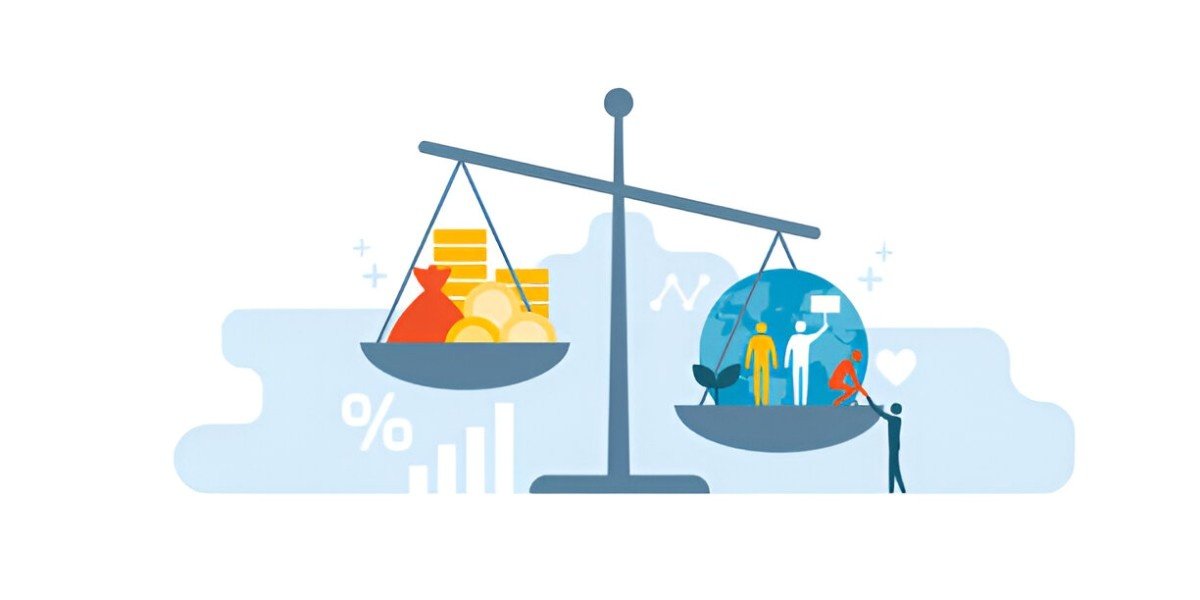Introduction
Finance often presents counterintuitive phenomena, and one such concept is the paradox of community size. At first glance, it seems logical that larger communities—whether investors, traders, or financial analysts—should lead to better financial outcomes. But reality tells a different story. Sometimes, smaller groups outperform larger ones in decision-making, risk management, and investment returns. Why does this happen? In this guide, I break down the paradox, explore its mathematical foundations, and provide real-world examples to help you grasp this fascinating concept.
Table of Contents
What Is the Paradox of Community Size?
The paradox of community size refers to the observation that, beyond a certain point, increasing the number of participants in a financial ecosystem does not always improve efficiency or returns. Instead, it can lead to overcrowding, information redundancy, and even systemic risks.
Mathematical Representation
A simplified model of this paradox can be expressed using the concept of diminishing marginal utility. Suppose a financial community’s effectiveness E depends on the number of participants n and a crowding factor \alpha:
Here, k is a scaling constant. As n increases, the denominator grows faster than the numerator, leading to a decline in overall effectiveness.
Why Does This Paradox Exist?
1. Information Overload
In large communities, the sheer volume of data can make it difficult to extract meaningful signals. Traders may react to the same information redundantly, leading to overpricing or underpricing of assets.
2. Herd Behavior
Humans tend to follow the crowd. In finance, this manifests as herd investing, where large groups pile into the same trades, creating bubbles or crashes. The 2008 housing crisis and the GameStop short squeeze are classic examples.
3. Coordination Costs
More participants mean more disagreements and slower decision-making. A small hedge fund can pivot quickly, while a large pension fund struggles with bureaucracy.
4. Liquidity vs. Volatility
While larger markets are more liquid, excessive participation can increase volatility. High-frequency trading (HFT) amplifies this effect, where algorithms react to micro-movements, destabilizing prices.
Real-World Examples
Example 1: Bitcoin’s Price Swings
Bitcoin’s market cap has grown, but so has its volatility. Early adopters (a small community) saw steady growth, but as more traders entered, price swings became extreme.
Example 2: Mutual Fund Performance
Research shows that smaller mutual funds often outperform larger ones. A Vanguard study found that funds with assets under $100 million had higher alpha than those with $10 billion+ AUM.
Mathematical Deep Dive: Optimal Community Size
Is there an optimal size for financial communities? Let’s model it.
Assume:
- Each member contributes an independent signal s_i.
- Noise in the system is normally distributed: \epsilon \sim N(0, \sigma^2).
- The aggregate signal S = \sum_{i=1}^n s_i + \epsilon.
The signal-to-noise ratio (SNR) is:
SNR(n) = \frac{n \mu}{\sqrt{n \sigma^2}} = \frac{\mu \sqrt{n}}{\sigma}At first, SNR improves with n, but after a point, correlation between signals increases, reducing marginal gains.
Comparing Small vs. Large Communities
| Factor | Small Community | Large Community |
|---|---|---|
| Decision Speed | Fast | Slow |
| Information Quality | High signal clarity | Noise dominates |
| Risk of Herding | Low | High |
| Liquidity Impact | Limited | High but volatile |
How to Navigate the Paradox
For Investors:
- Diversify Across Strategies – Don’t follow the herd.
- Monitor Crowding Metrics – Tools like the Put/Call ratio or short interest can signal overcrowded trades.
For Fund Managers:
- Limit Fund Size – Warren Buffett’s early success came from smaller, nimble investments.
- Encourage Independent Thinking – Avoid groupthink by fostering diverse opinions.
Conclusion
The paradox of community size reveals that bigger isn’t always better in finance. While large groups bring liquidity and diversity, they also introduce inefficiencies and risks. By understanding this balance, you can make smarter financial decisions—whether you’re an individual investor or a fund manager.





